What are Tillandsias?
Tillandsias belong to the Bromeliad family and are epiphytic plants, which means that in nature they grow clinging to other objects such as trees or rocks, without the need for soil. They absorb water and nutrients directly from the air through special structures called trichomes, which give their leaves that characteristic silvery appearance. 
The Ideal Strains for Beginners
If you are just starting your journey into the world of Tillandsias, we recommend starting with these particularly resistant varieties:- Tillandsia ionantha : compact and colorful
- Tillandsia caput-medusae : robust and easy to care for
- Tillandsia aeranthos : blooms easily
- Tillandsia bulbosa : interesting shape and simple management
Basic Requirements
Light
Tillandsias love bright but filtered light. Place them in:- Bright areas but not in direct sunlight
- Near east or west facing windows
- About 1-2 meters from a south-facing window
⚠️ Warning: Avoid direct exposure to the sun during the hottest hours, which could burn the leaves.
Temperature
Most Tillandsias thrive among:- 15-25°C during the day
- Not below 10°C at night
- Protect them from sudden temperature changes and extreme cold
Humidity
The ideal humidity is around 50-70%. In dry environments you can:- Spray plants regularly
- Use a humidifier
- Place them in the bathroom or kitchen where humidity is naturally higher

How to Water Properly
Irrigation Methods
1. Nebulization- Spray water, preferably non-calcareous, on the plant
- Make sure you reach the entire surface
- Ideal for daily maintenance
2. Immersion
- Completely immerse the plant in water for 20-30 minutes
- Shake gently to remove excess water, avoiding stagnation in the head of the plant
- Repeat every 10-12 days
3. Flow irrigation
- Run water over the plant
- Useful for larger plants
- Ensures good drying
Watering Frequency
The frequency depends on several factors:- Season (more frequent in summer)
- Environmental humidity
- Ventilation
- Plant size
⚠️ Golden rule : Better too little than too much.
Tillandsias tolerate drought better than excess water.

Placement in the House
Ideal Places
- Near bright windows but not in direct sunlight- In open terrariums or ventilated display cases
- Hung on decorative supports like our Jelily
To Avoid
- Cold air currents- Direct air conditioners
- Places too dark
- Closed spaces without air exchange
Common Problems and Solutions
Leaves that dry up
Possible causes:- Poor irrigation
- Air too dry
- Excess direct sunlight
Solutions :
- Increase the frequency of nebulization
- Move the plant to a more humid area
- Protect from direct sunlight
Rot
Possible causes :- Water stagnation
- Poor ventilation
- Temperature too low
Solutions :
- Ensures complete drying after watering
- Increases air circulation
- Move to a warmer environment
Seasonal Care
Summer
- Increase the frequency of irrigation- Protect from direct sunlight
- Ensures good ventilation
Winter
- Reduce watering frequency- Keep temperatures above 10°C
- Avoid cold drafts
FAQ - Frequently Asked Questions
Q: How often should I water my Tillandsia?A: Generally, mist 2-3 times a week in the summer and 1-2 times in the winter. Submerge thoroughly every 7-10 days.
Q: Can my Tillandsia live in the bathroom ?
A: Yes, if there is enough light and ventilation. The natural humidity of the bathroom can be beneficial.
Q: How do I know if I'm overwatering?
A: The leaves at the base may turn brown or mushy. If this happens, reduce watering immediately.
Q: Can I use tap water?
A: It is better to use soft water or let tap water stand for 24 hours before use.
Conclusion
Caring for a Tillandsia can seem intimidating at first, but with these basic guidelines and a little practice, you’ll soon become an expert. Remember that every plant is unique and may require some adjustments to find the perfect care regimen for your specific environmental conditions.The key to success is observation: learn to "read" your plant and you will notice that it will communicate its needs to you through small changes in the leaves and color. Over time, you will develop a natural understanding with your Tillandsias and their care will become a rewarding routine.




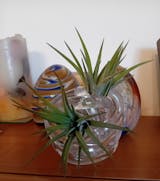


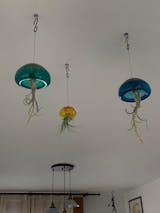


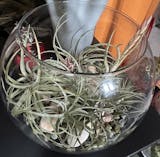
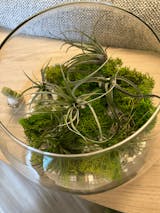
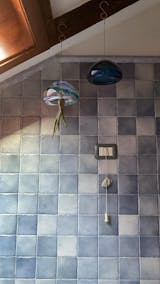

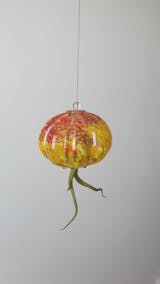
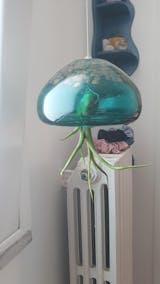

Leave a comment
This site is protected by hCaptcha and the hCaptcha Privacy Policy and Terms of Service apply.